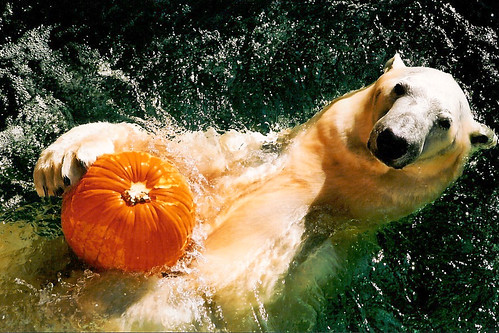Halloween: A Bit of Harmless Fun?
Halloween #Halloween

These days, Halloween is celebrated in many countries, and part of the celebrations involve the children dressing up to go trick or treating. A recent survey suggests that a record 73 percent of American people will celebrate Halloween this year. Whilst people probably think of Halloween as something fun and innocent, there is a more sinister side to it, that may very well send shivers down your spine.
On the surface, the selection and purchase of Halloween costumes for use by children may simply appear to facilitate their participation in the world of fantasy play. However, as a holiday centred on consumer buy-in, Halloween is big business. Every year, in the United States alone, around $8 to $10 billion is spent on Halloween-related products. Unsurprisingly, costumes account for a fair chunk of consumer spending for Halloween, and spending on kids’ and adult’s costumes tend to be in the region of $3 billion. As costumes are a big business, it means that they are carefully designed to increase the likelihood of sales. However, some of the designs may be questionable, and as they dominate the retail shelves, they will dictate how children should dress for Halloween.
More to Halloween costumes than meets the eye
You may think that Halloween costumes are likely to be gender-neutral, as they commonly portray zombies and ghosts that are not necessarily defined by their sexes. In fact, on average, only around 10 percent of all costumes are gender-neutral. Even though a high proportion of boys’ and girls’ costumes are hero costumes, those for girls tend to depict princesses and other examples that present traditional femininity. As such, female costumes (both heroes and otherwise) tend to be portrayed in a stereotypical fashion.
Courtesy of Ronin /Pexels
Many Halloween costumes aimed at girls and women are also hyperfeminine in nature (such as that the clothing items are revealing) and include sexually submissive cues. Such costumes can establish or help maintain negative female stereotypes as well as have implications for children’s gender-role development as they can disempower girls and women.
Are costumes a trick or a treat?
The costume choices children make can be an indicator of children’s gender-development processes. This is because children tend to aim for congruence between their interests and schemas and, thus, would be expected to pick Halloween costumes that are in line with the gender schemas they have constructed. Hence, children often pick costumes that they think represent who they are and want to be. In such a case, if a child picks a costume that represents a stereotyped female image, the image may be internalised so that it becomes a part of their self-perception.
Even if the costumes worn don’t become part of how they view themselves, making people continuously exposed to stereotypical images can influence how genders are viewed more widely in society. It has long been known that gender-targeted products inform consumers of traits and values that are expected of the gender. This is particularly applicable to young children as they develop stereotypes about gender from an early age.